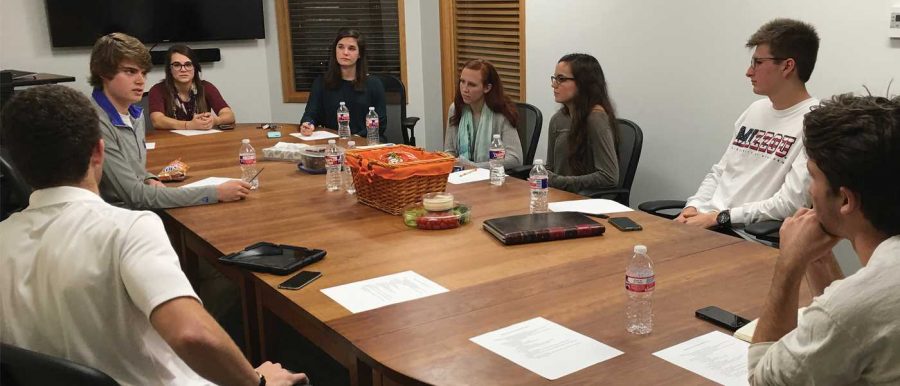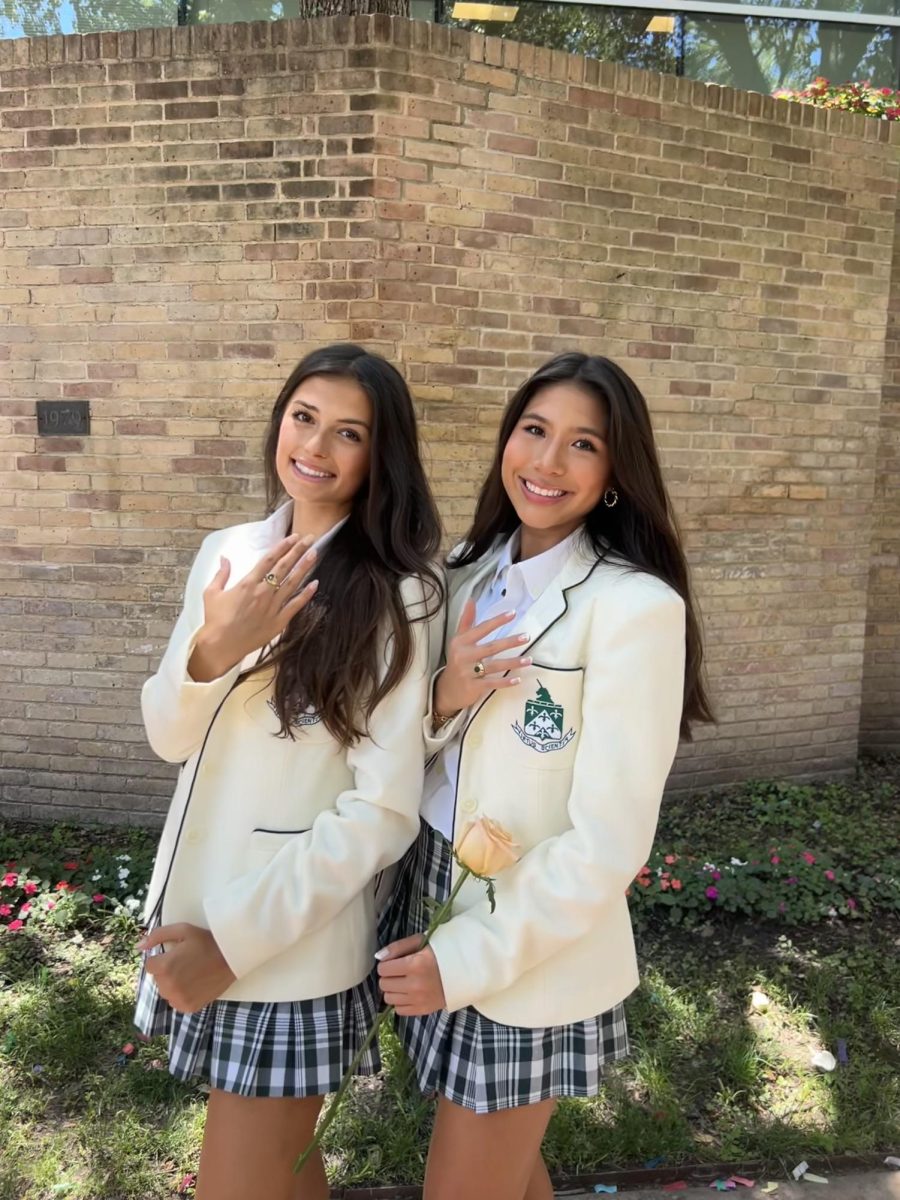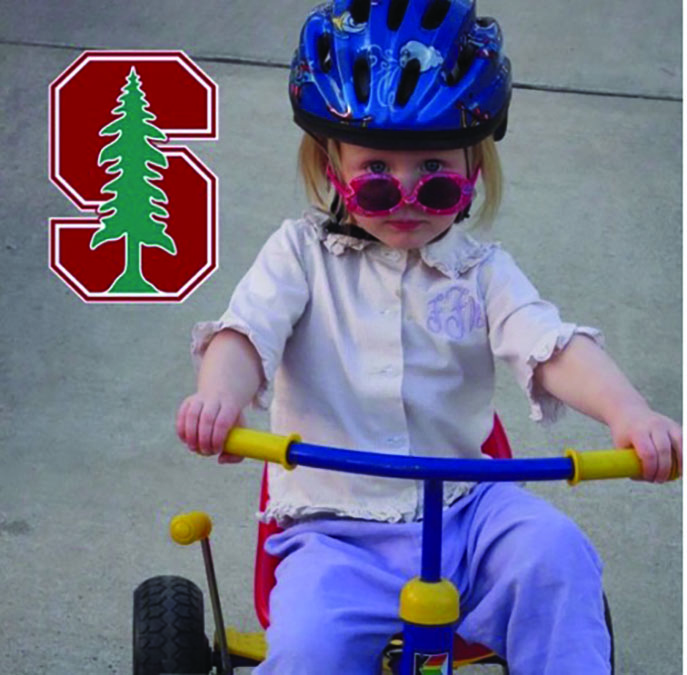Dallas-area private school student governments model teacher and faculty collaboration.
In early December, in a conference room tucked away in the heart of the Episcopal School of Dallas, eight student leaders from across the Dallas metroplex came together in search of answers. These students, all Student Council presidents, came together in hopes of perfecting their student governments. According to senior and Student Council President Frances Burton, the idea for these “get-togethers” stemmed from a tradition that occurred many years ago.
“The Greenhill dean, who is also their student council sponsor, said that a lot of student council presidents used to get together back in the ‘80s and just have these meetings every couple months just so they could share ideas, what they did and everything,” Burton said.
However, the idea of collaboration among individuals in leadership positions at Hockaday is not new or unique to students. According to Head of Upper School Terry Murray, collaboration is essential among faculty and staff in the Dallas area.
“We become stronger as a school when the schools around us are strong,” Murray said. “We don’t benefit from others not doing well and not teaching.”
Murray believes that excellence within the Dallas area education realm in paramount for Hockaday’s personal success.
Greenhill Student Council President Keaton Butowsky shares ideas similar to those of Murray. Butowsky spearheaded the program, along with Burton, because of his desire to better his respective council.
“Every year we try to build on what we have done and do better than that,” Butowsky said. “I was afraid that we were getting complacent and too satisfied with what we had. We had only been looking at the past years.”
The group of the student council presidents, which includes Hockaday, Greenhill, St. Mark’s School of Texas, Cistercian Preparatory School, Parish Episcopal School, Ursuline Academy and Jesuit Preparatory School, consists of both single-sex and coeducational institutions. This diversity allows for multiple perspectives on the issues that the group discusses.
Likewise, a group of Upper School heads from the surrounding Dallas area meet to discuss issues and initiatives. The list of schools is not as extensive as the students’, only containing the “core five,” nicknamed by Murray, that are Hockaday, St. Mark’s, Greenhill, ESD and Parish. However, Murray notes that the meetings follow a similar agenda to those of Burton’s.
“We meet once a month for lunch and we usually come in with an agenda. What topics and initiatives are going on, everything from student issues to policy. I think that last time we were talking about tutors and the impact of tutors on campus,” Murray said.
For both students and faculty, these meetings have proved to be beneficial. St. Mark’s Student Council President JT Graass agrees and said it is a “give and receive” kind of experience. By inputting their plans from their respective schools, students were able to get a taste of what goes on in schools just like their own.
“I think the meeting was beneficial because all of us were able to share our ideas, helping every school out,” Graass said.
Like Graass, Assistant Head of Upper School Elizabeth Jones recognizes the necessity for these meetings, not only for students but also for faculty.
“I think it is really important, not only for student council, but for anyone in any role to reach out to others who are doing similar work in other places to learn more about that so they can bring some of the great ideas that other schools have implemented and have worked well in their student body and bring them back to our campus,”she said.
As for competition between schools, both parties stress that is it relatively unimportant when discussing these sort of internal matter. Butowsky compares it to the wheel: “There is no reason that [a] school has to re-invent the wheel when one is doing it fine. Just because we compete on the sports field does not mean we need to compete in these kinds of things,” Butowsky said.
Although healthy competition keeps people on their toes, Murray notes that competition is not what drives faculty during these meetings. Rather, faculty are driven by the desire to help others be the best they can be for their respective students.
“We are all trying to learn the best practices,” Murray said. “We are all trying to be the best stewards to our kids.”
Competition aside, Murray stresses the importance of the connections and relationships formed through these types of meetings.
“You learn from the experiences. You learn from shared experiences. And for me to go to a conference about being a Head of Upper School is nice, but actually sitting with someone who is Head of Upper School, and talk about what they are going through,” Murray, who talks fondly of his phone conversations with John Ashton, previous Head of Upper School at Hockaday, said.
With both situations of collaboration at the student level and at the administrative level, all agree that it levels the playing field, creating a better whole and making a mark on their time as leaders of both student government and schools themselves.
Burton notes her ambitious plans to keep these meetings going through the end of the year and even “passing them on to [her] successors.” On the other hand, Murray appreciates the vigor that Burton and all of the other student government leaders have presented in these new initiatives.
“The student council, from what I have seen here with this group this year, is that they have embraced them very differently,” Murray said. “They have found ways to make those opportunities much more genuine and much more real so they can leave a legacy and leave an impact.”
Mary Claire Wilson- Sports and Health Editor














